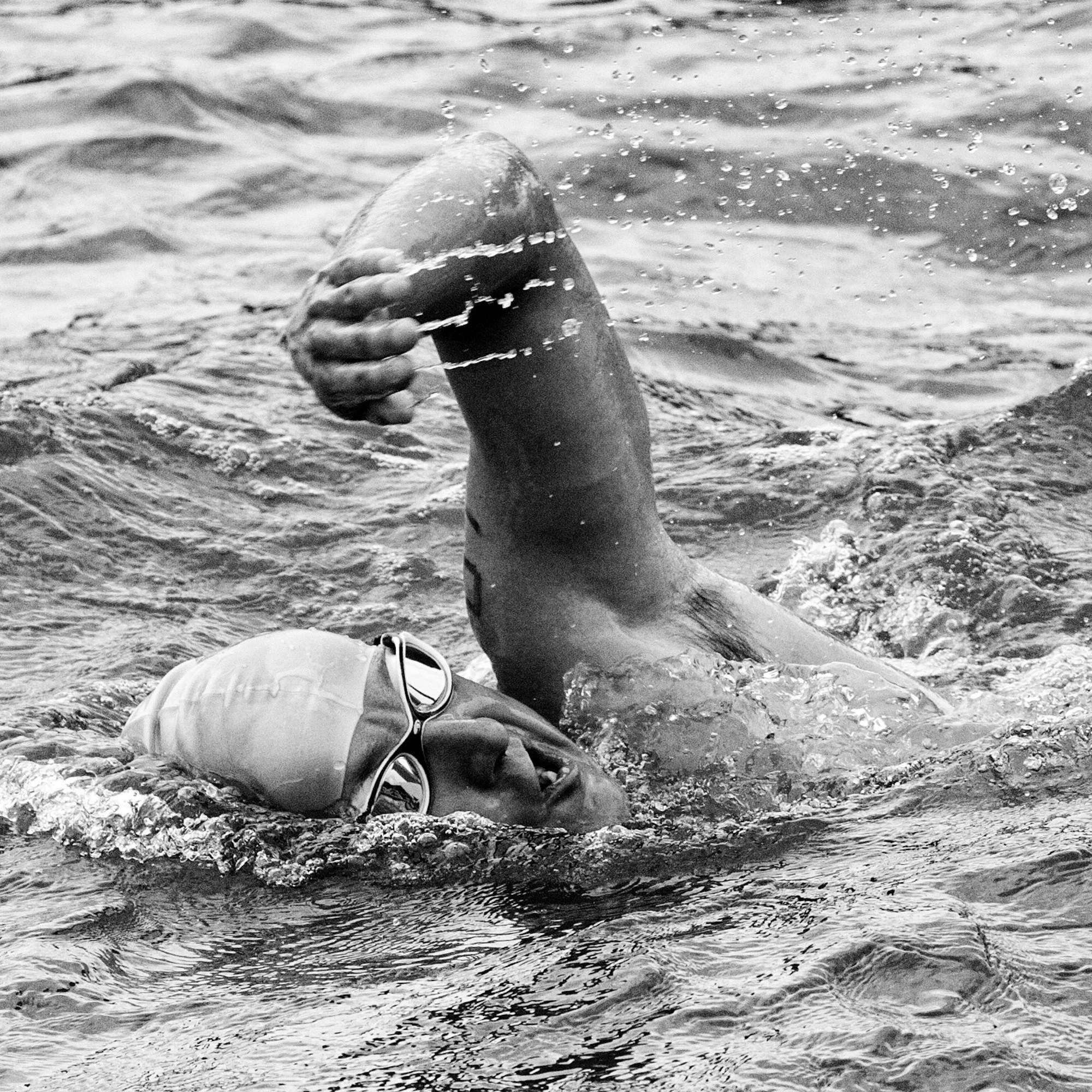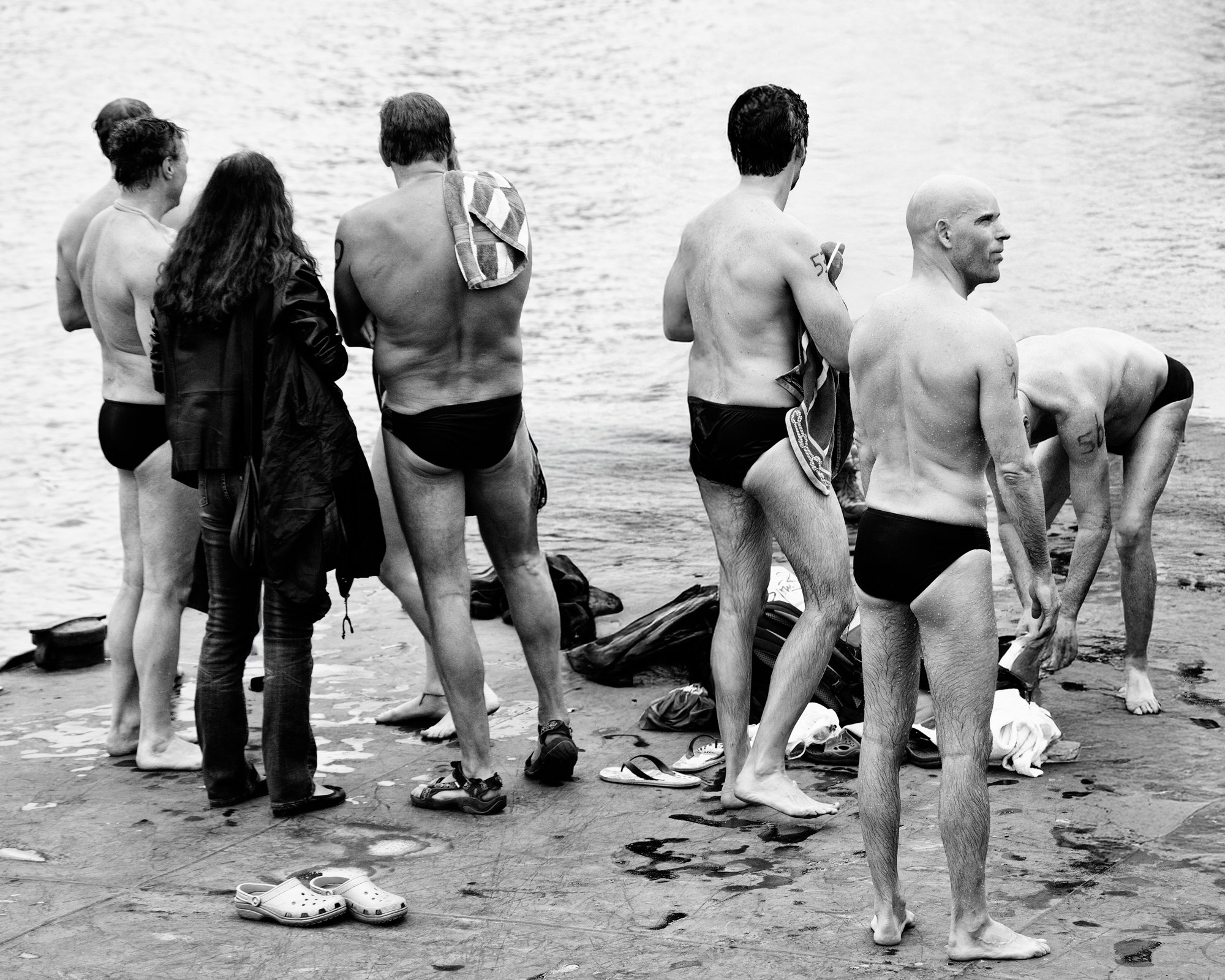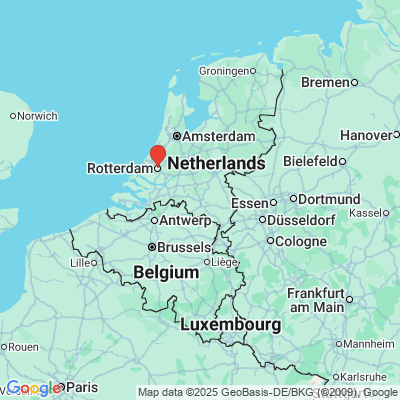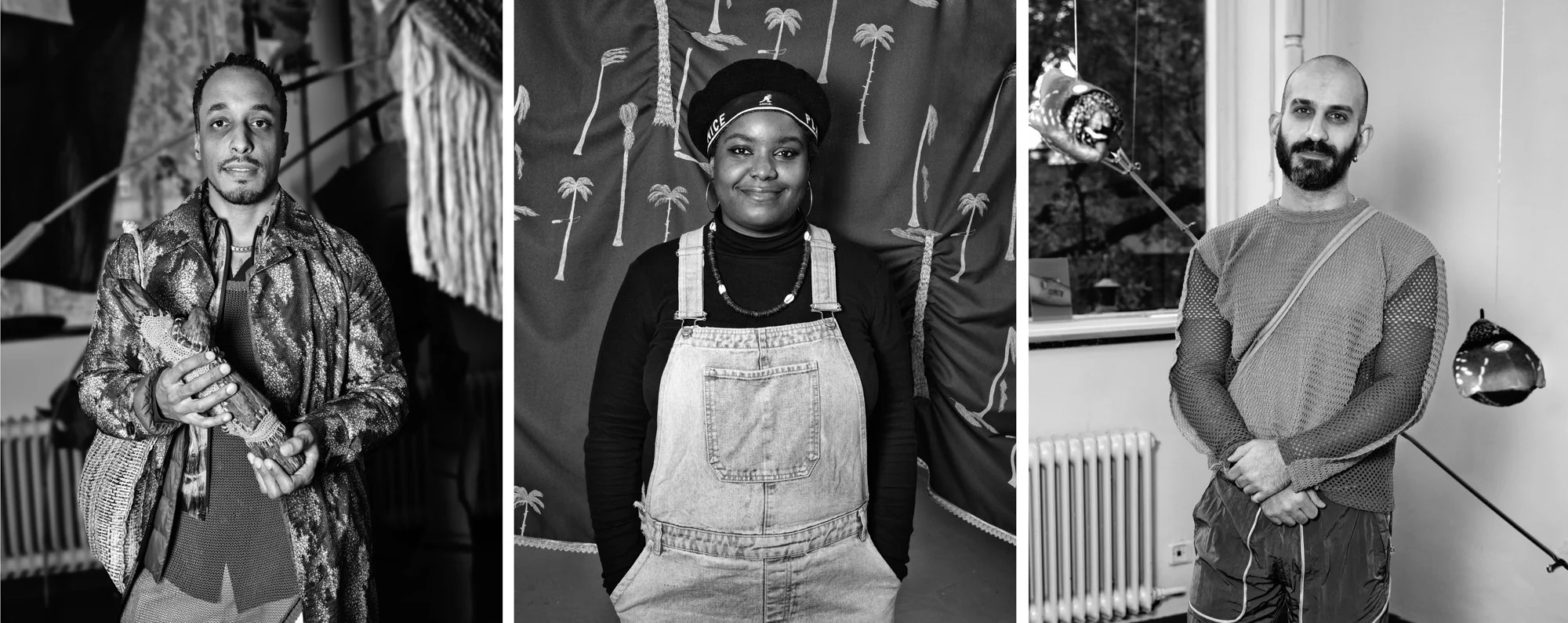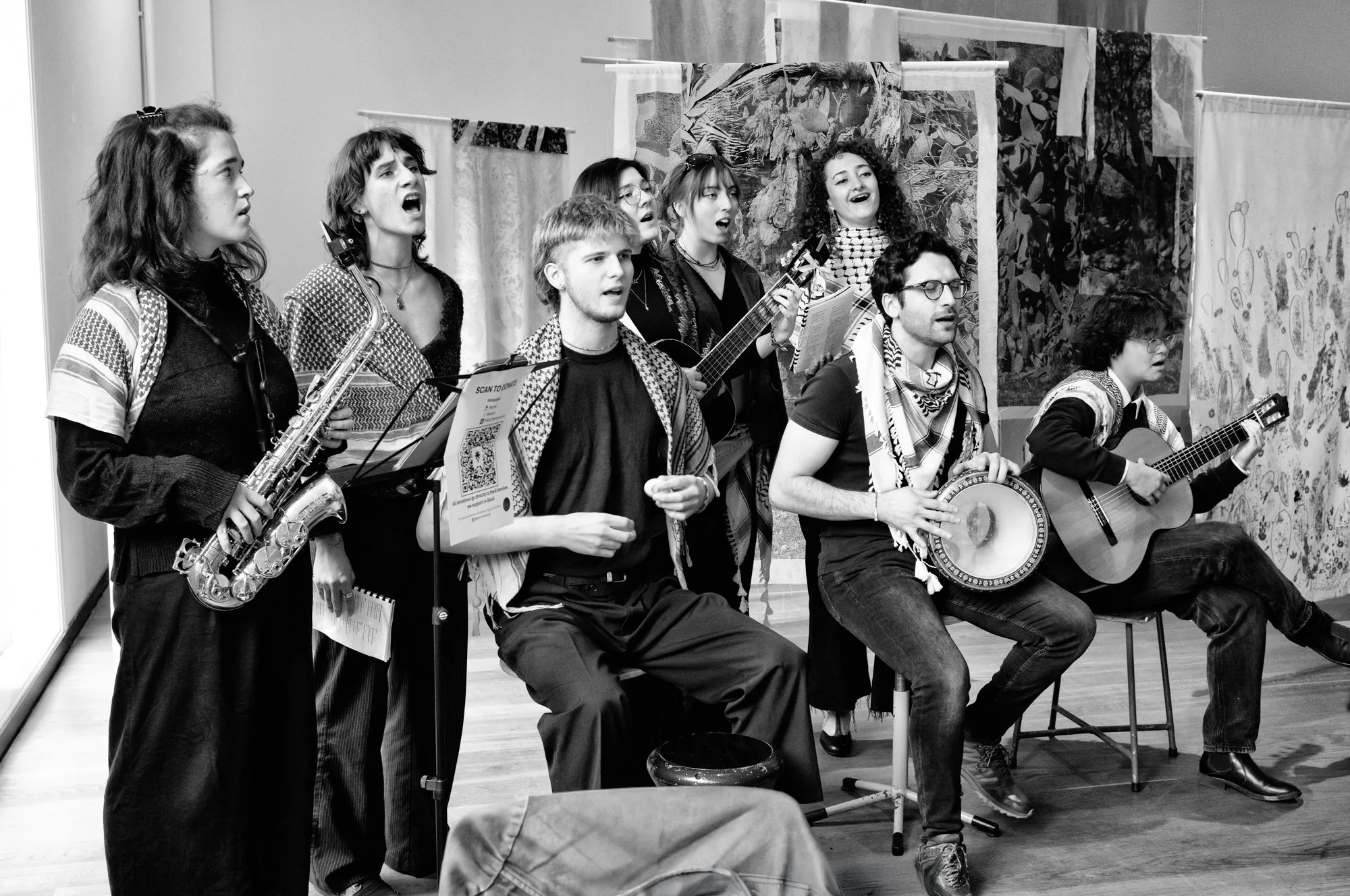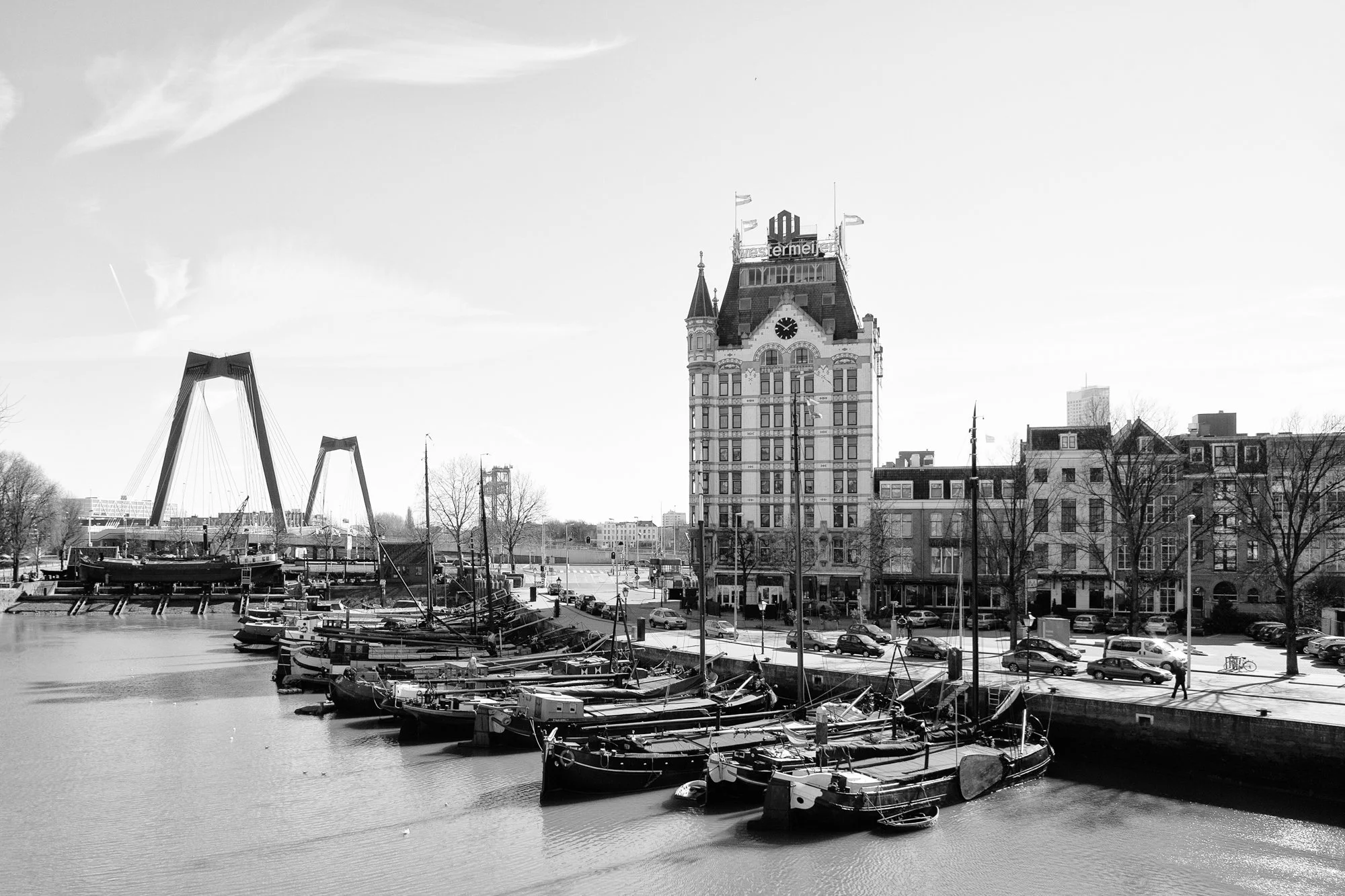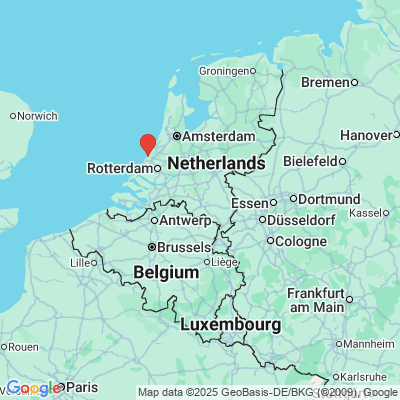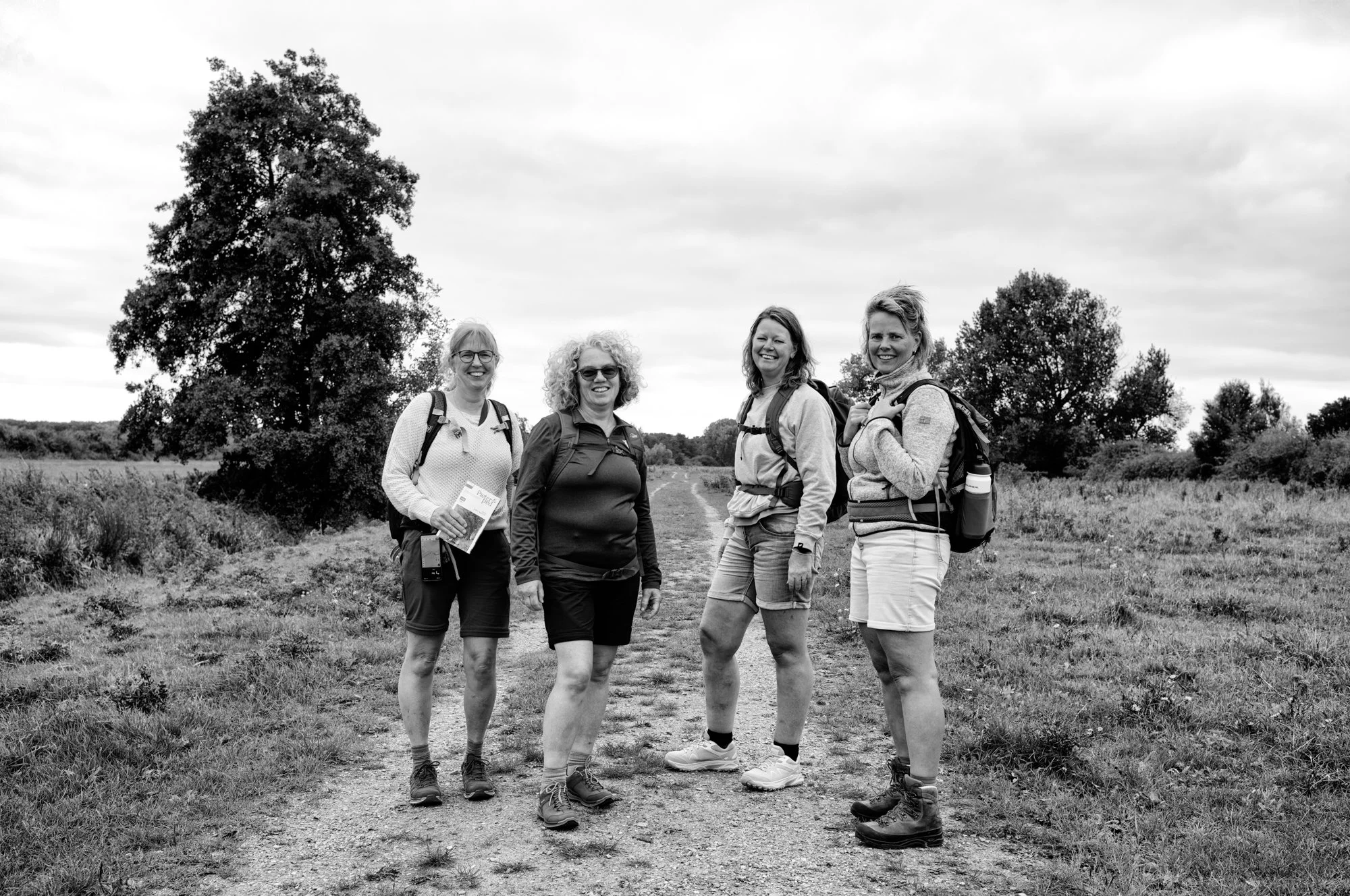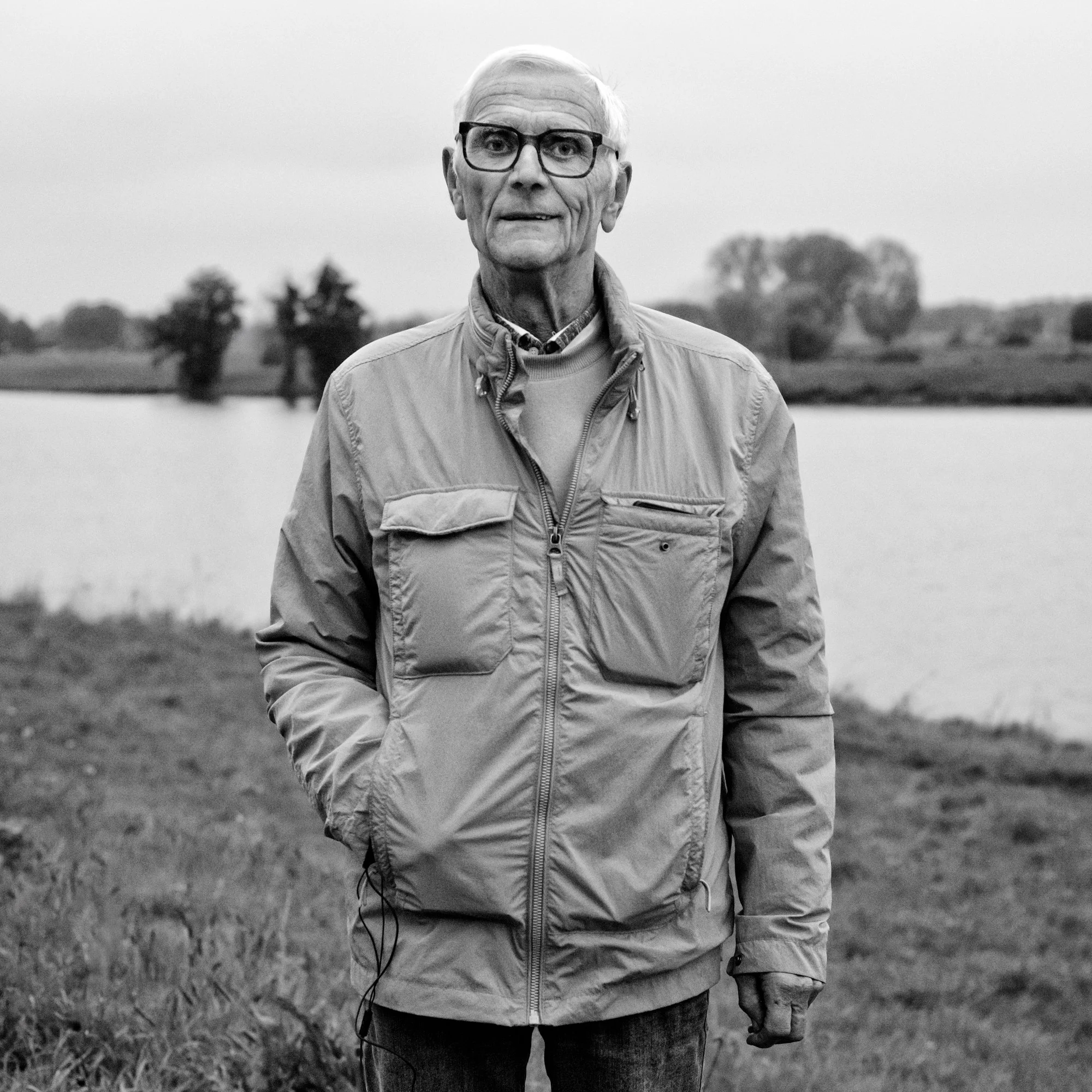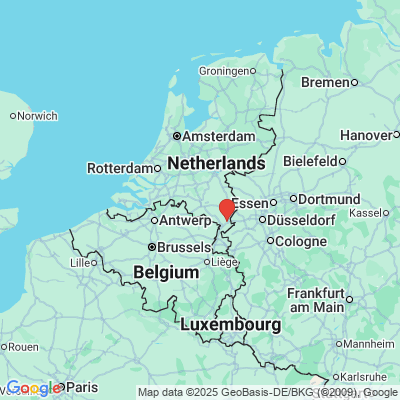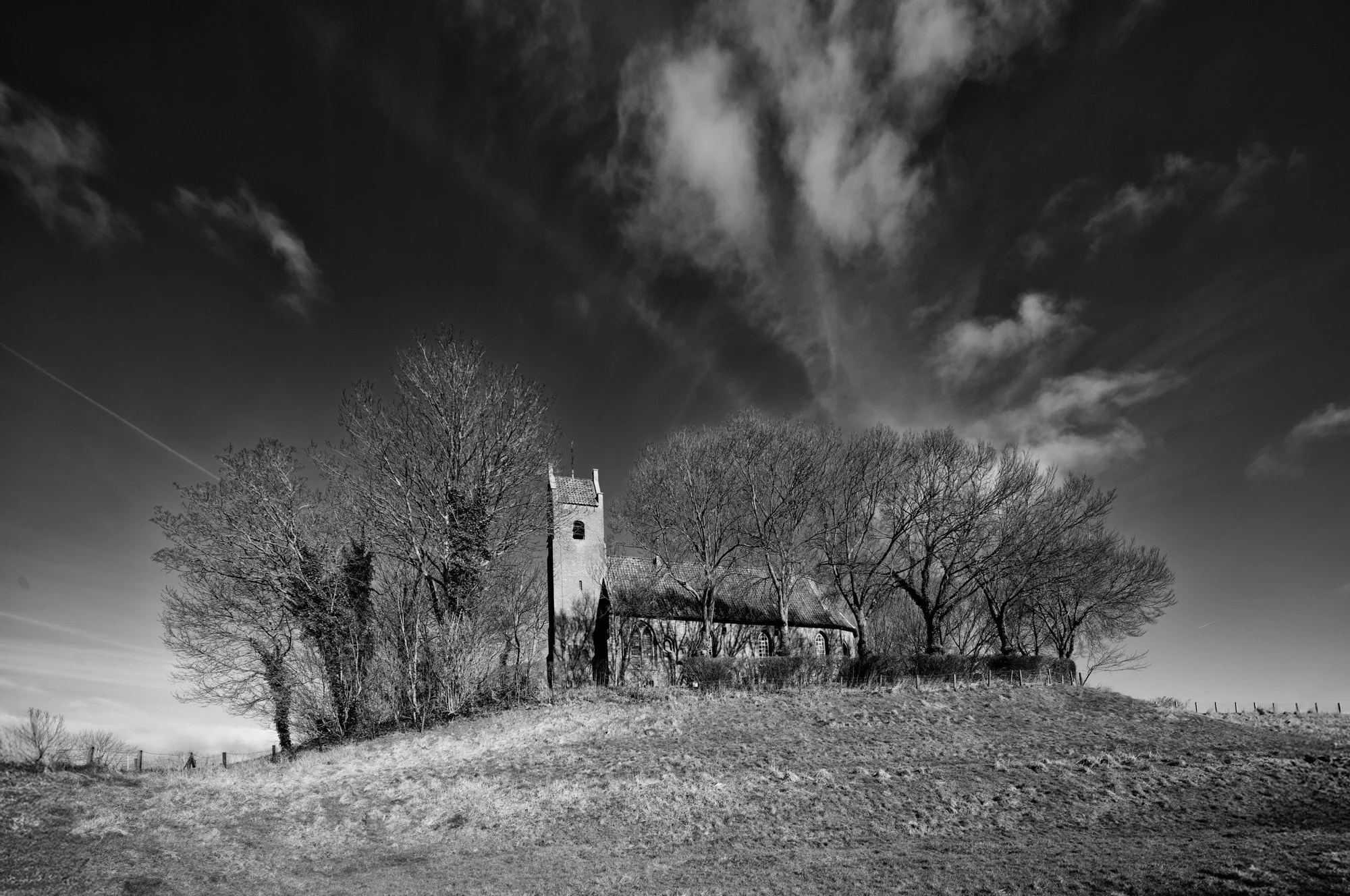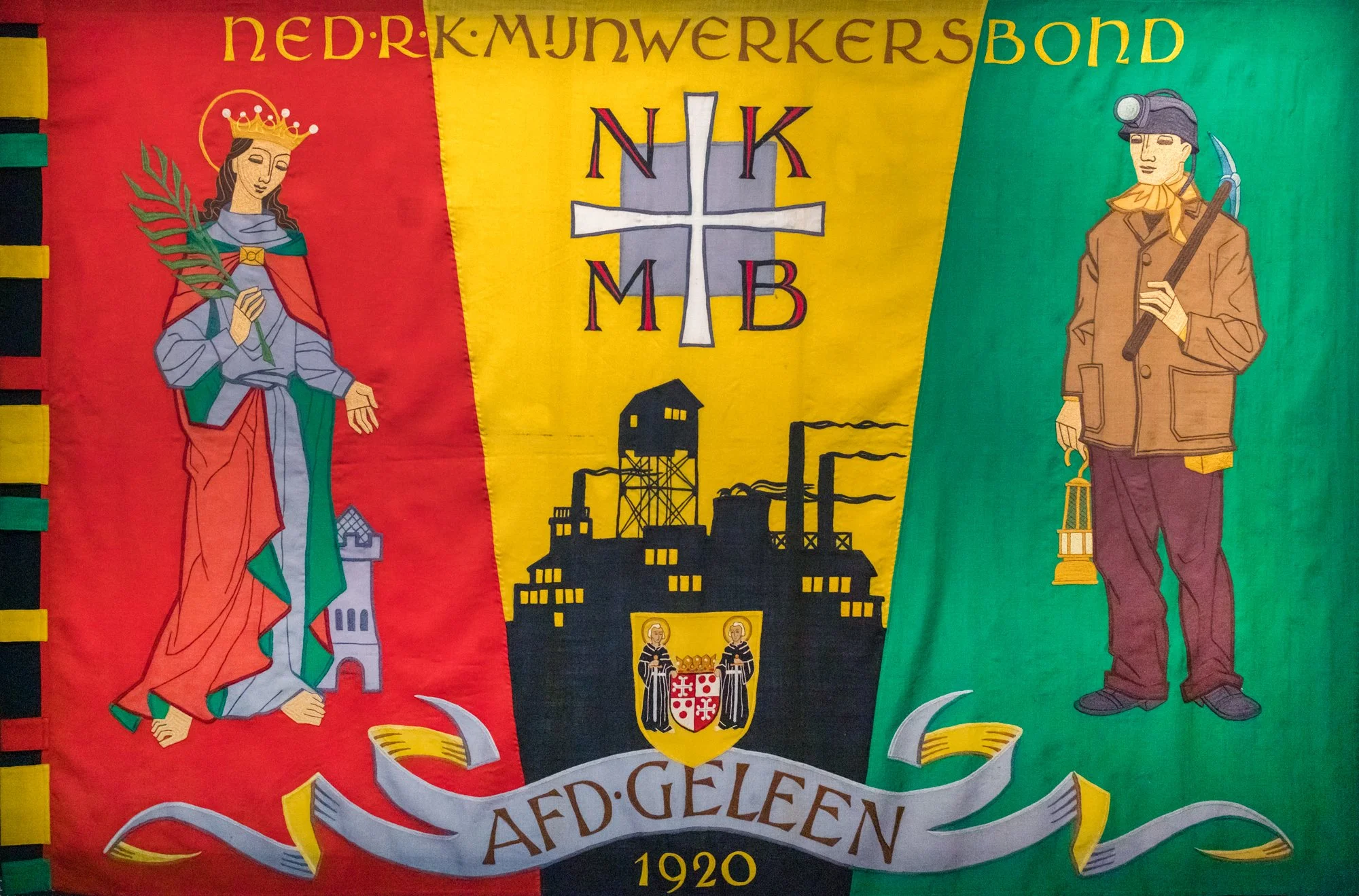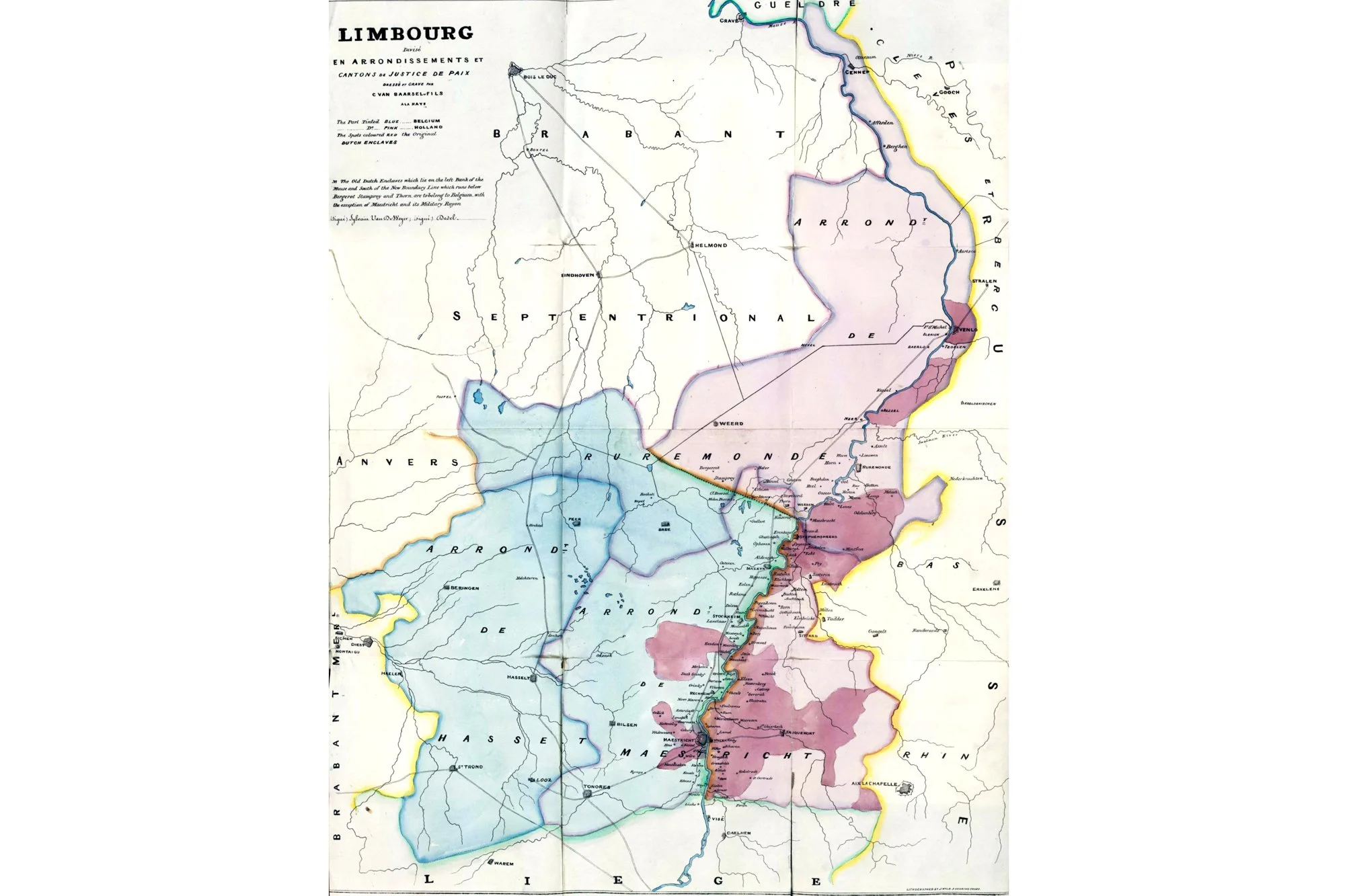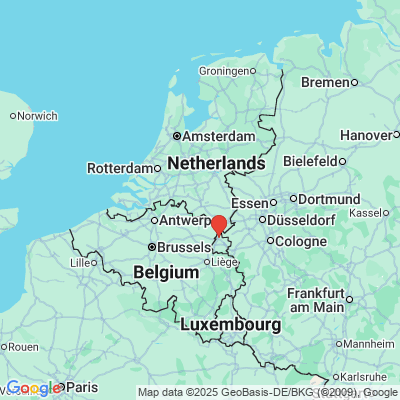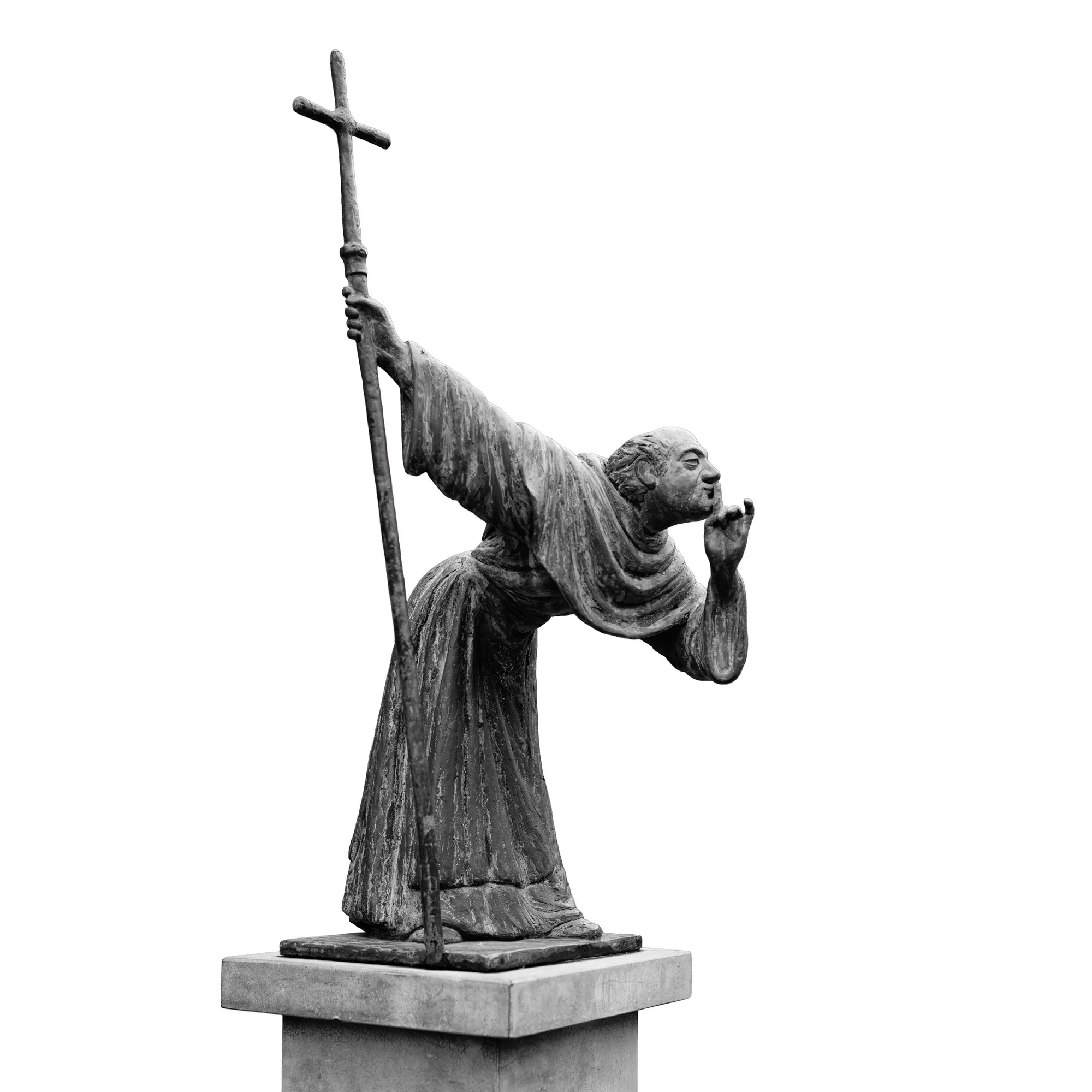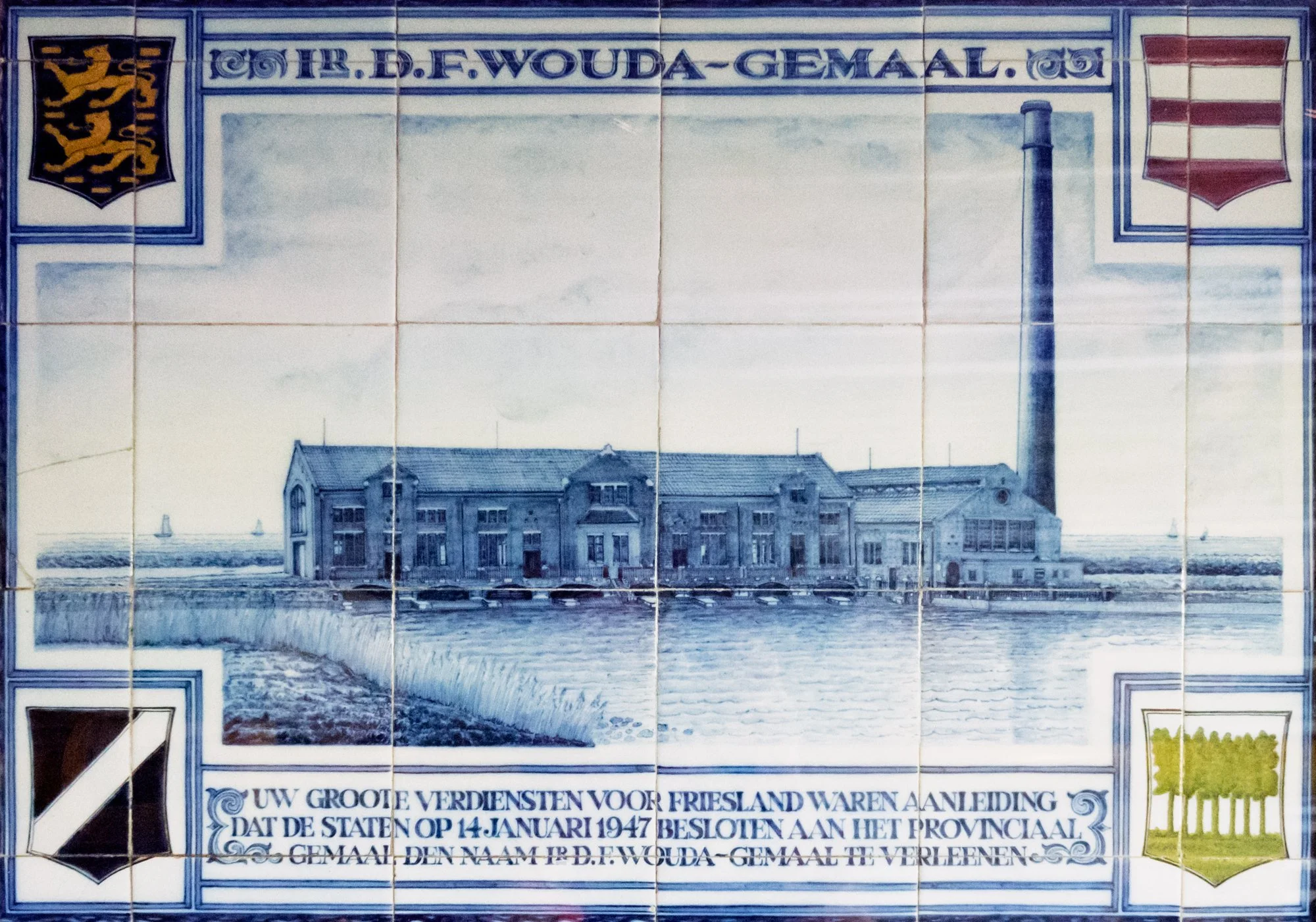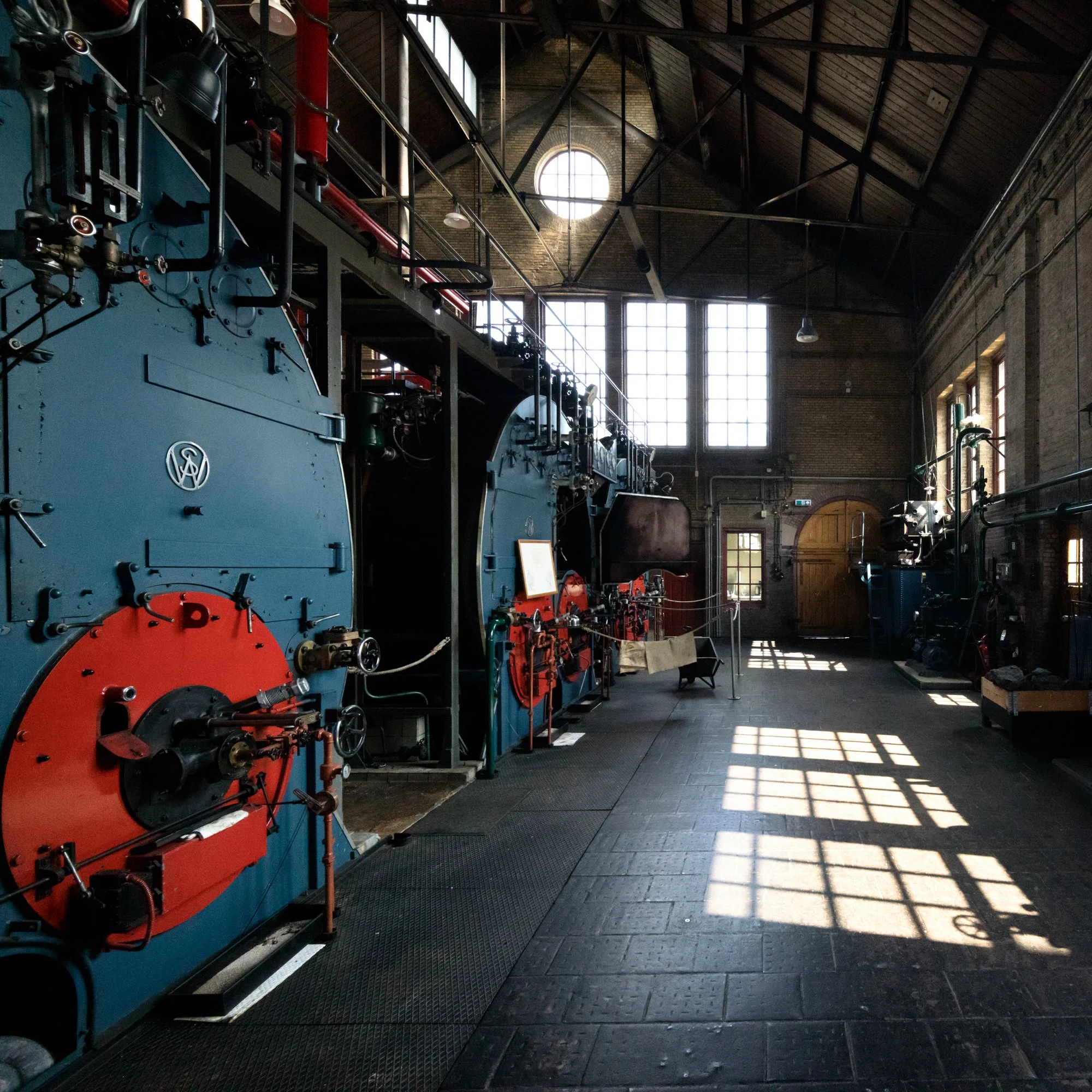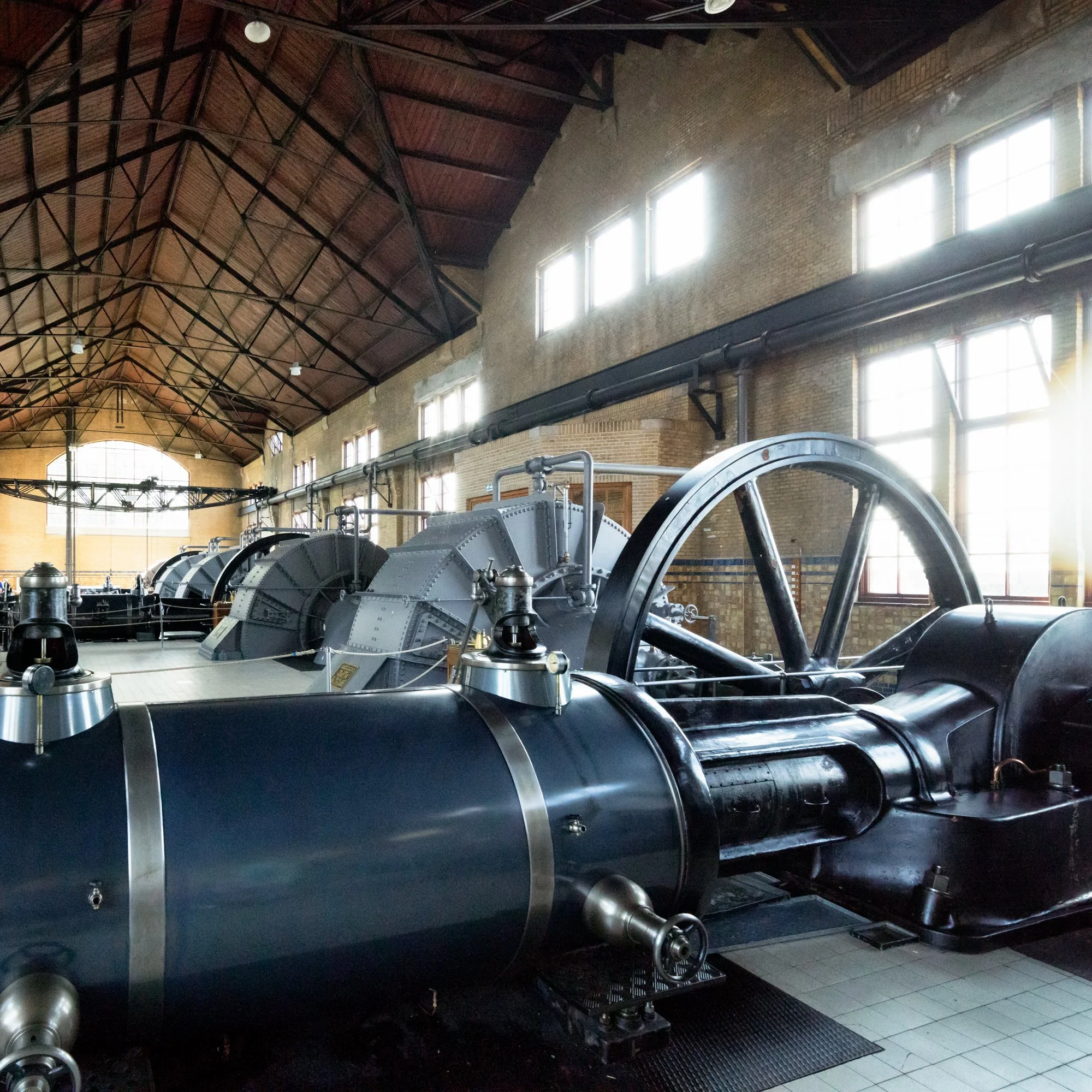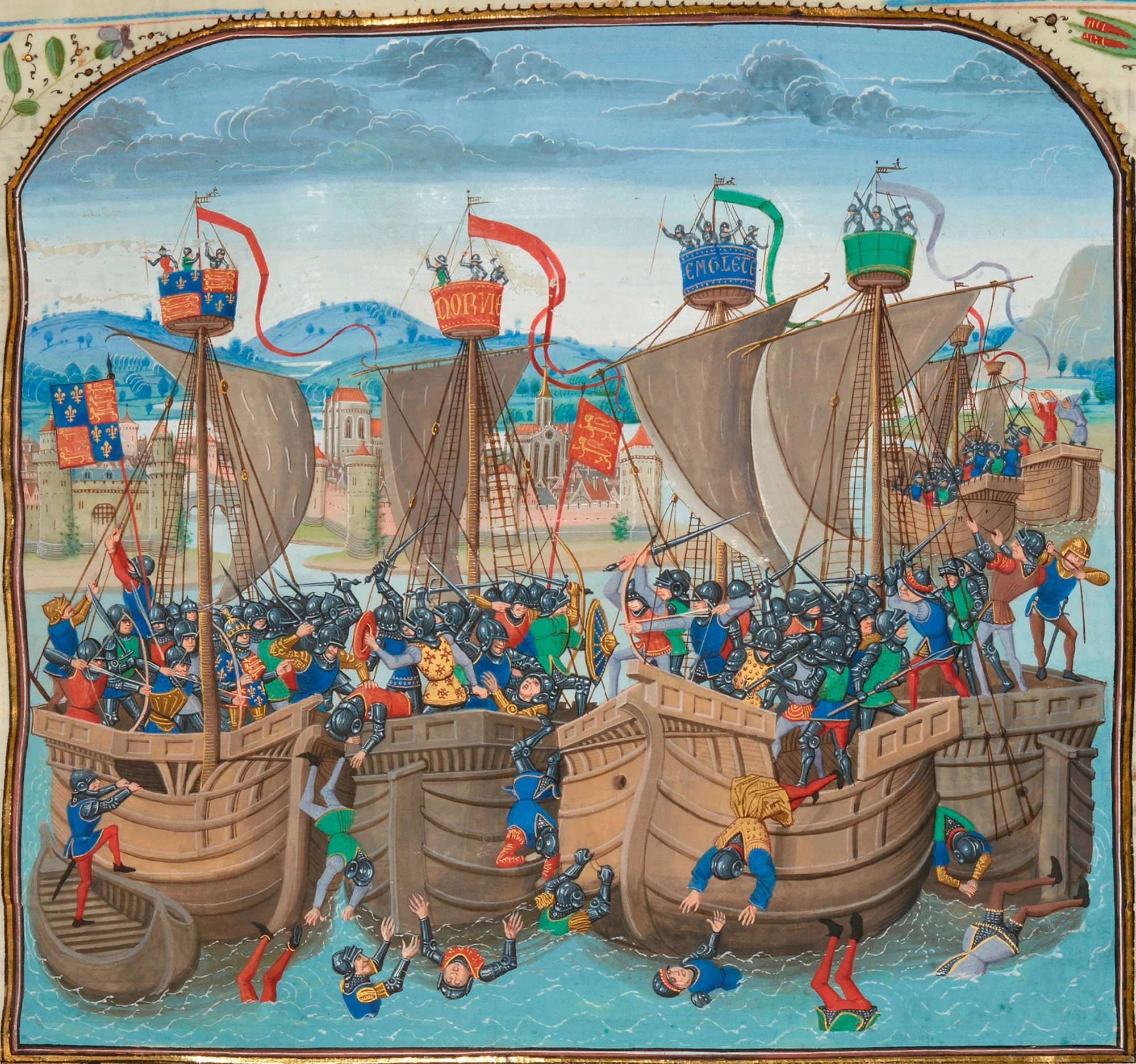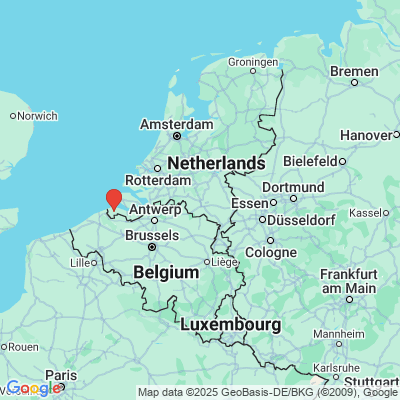A work of Mattia Pajè, a resident of the Jan van Eyck Academie in Maastricht (October 2025). Mattia Pajè explores how truth is constructed and manipulated in an age of post-truth narratives, pseudoscience, and conspiracy theories. His work turns research and site-specific installations into layered spaces where images, ideas, and time overlap—questioning not only what we see, but how we come to believe it.
Ever stood in front of a painting and felt … nothing? And then, another time, been completely drawn in — as if the work was quietly speaking your language?
That spark we feel isn’t random. It’s the mind recognising a pattern it half-knows — something close enough to grasp, yet just beyond reach. When the familiar and the unfamiliar meet, we lean forward. That’s the space where learning, and art, begin.
Realistic art often hits that balance for many people easily. We recognise the world it shows us, so it feels natural to step inside. That’s why it can be instantly appealing: it speaks in a language we already know. Contemporary or conceptual art, on the other hand, often takes its time. Without shared references or context, it can feel distant — like a conversation we’ve walked into halfway through.
Artists and curators simply know more of those conversations. They’ve built broader frames of reference, so they see patterns and meanings that others might miss. But understanding can grow. A short explanation, a hint of context, or even a second look can turn confusion into connection.
Some works reach us immediately; others wait quietly until we’re ready to meet them halfway. That’s what makes art enduring — it doesn’t always shout for attention, but it’s always there, waiting to be seen.
Further Reading
Reber, Schwarz & Winkielman — Processing Fluency and Aesthetic Pleasure
Silvia — What Is Interesting?
Leder & Nadal — A Model of Aesthetic Appreciation
Loewenstein — The Psychology of Curiosity
Marin & Leder — Berlyne Revisited



